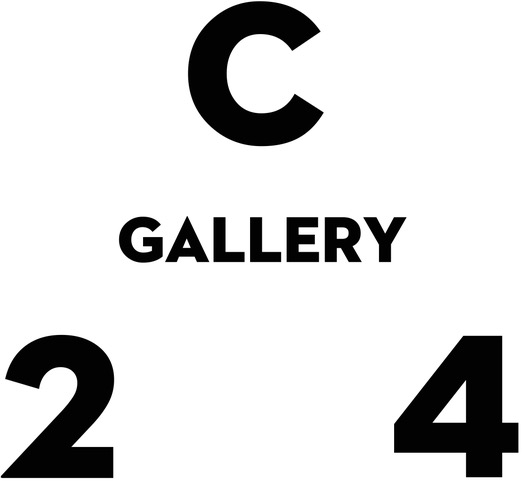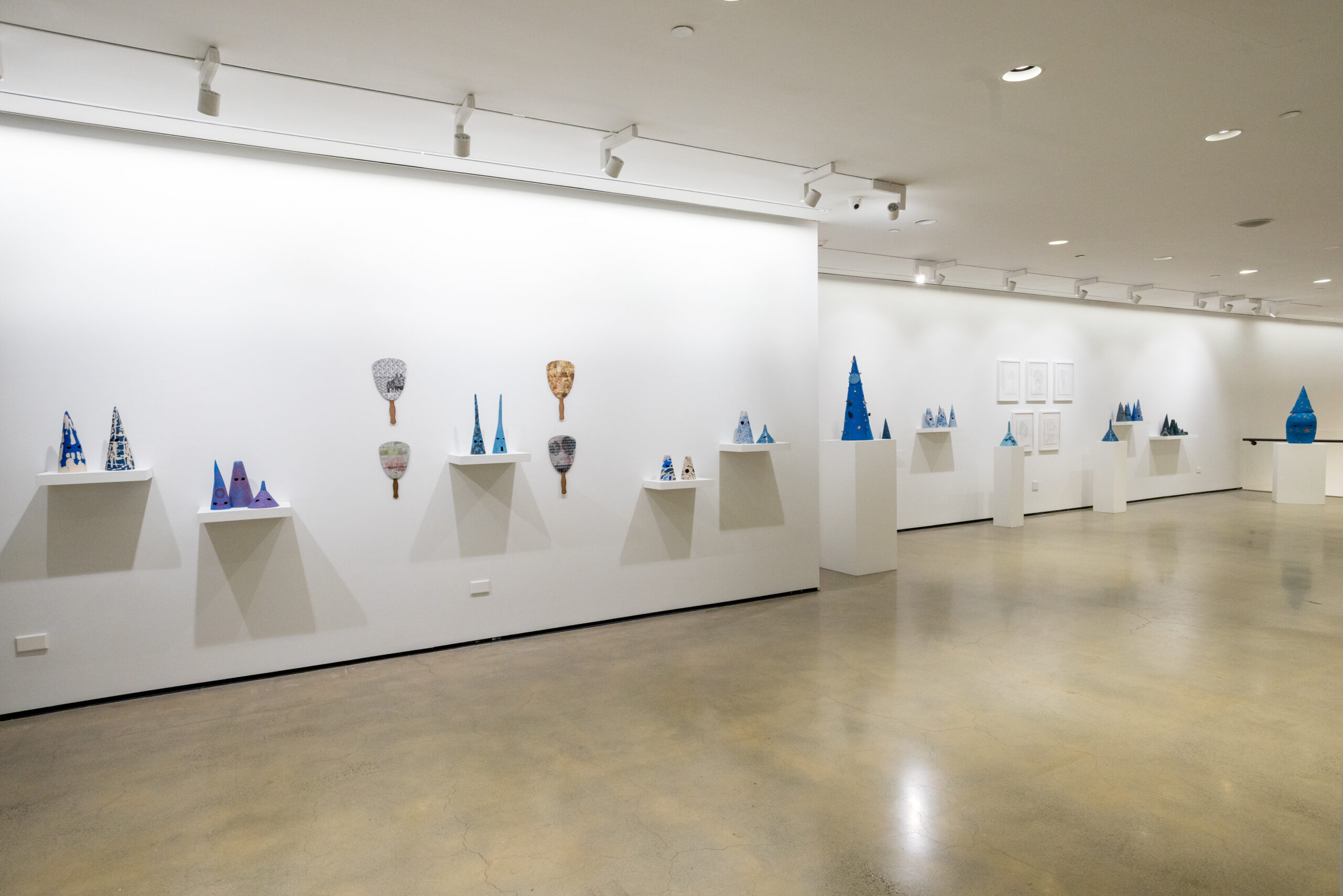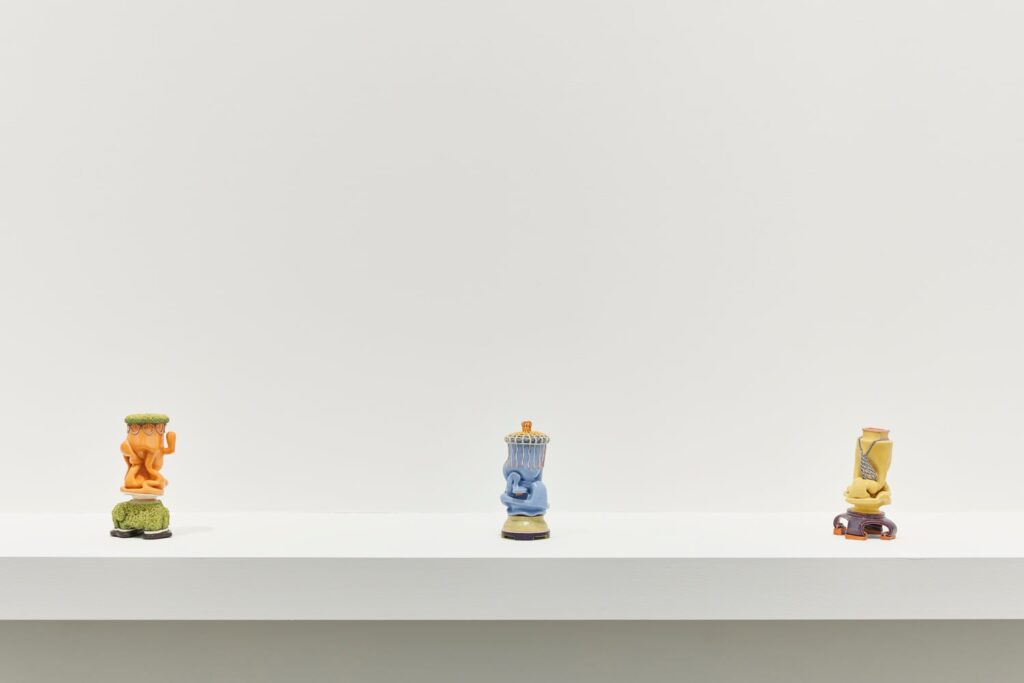Exploring Light(ness) in Ceramics: Studio Visit with Antonella Cimatti
Step into the world of Antonella Cimatti, a renowned ceramicist hailing from the historic town of Faenza, Italy. In this exclusive studio visit, we delve into the heart of her creative process, where traditional craftsmanship meets innovative experimentation.
Antonella's artistic …




